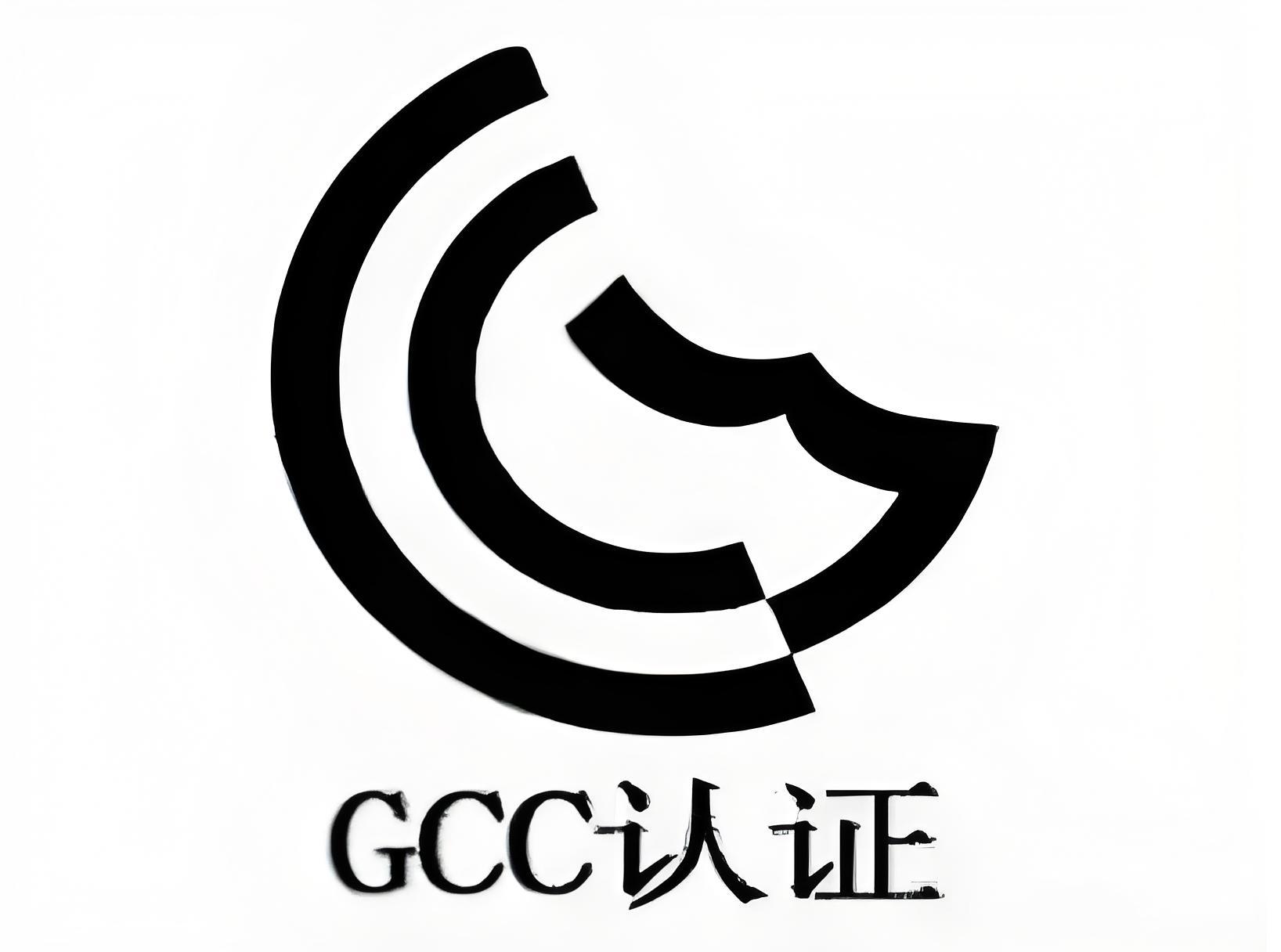
basic introduction
Fiber refers to a substance composed of continuous or unconnected filaments. In plants and animals, fibers play an important role in maintaining arrangements. Fibers are widely used, and can be woven into thin threads, thread ends and hemp ropes, and can also be woven into fiber layers when making paper or felt; together they are also commonly used to make other materials and form composite materials with other materials. Fiber testing includes component analysis of fiber products, formulation analysis, quality testing, textile testing, etc.
Study the laws, regulations and intentions of ecological textiles, and propose corresponding testing plans for different textile products. For example, textile products containing coatings and printing should focus on the content of harmful substances such as lead and phthalate . ZRLK assists enterprises to interpret ecological textile regulations, do fiber testing, reduce their export risks, and establish brand credibility in the world.
examination range
1. Natural fiber
Natural fibers exist in nature and can be obtained directly. According to their origins, they are classified into three types: red plant fiber, animal fiber and mineral fiber.
(1) Plant fiber
Plant fibers include: seed fibers, bast fibers, leaf fibers, fruit fibers.
Seed fiber: refers to the single-cell fiber grown from the epidermal cells of some plant seeds. Such as cotton, kapok.
Bast fiber: It is a single fiber or craft fiber obtained from the phloem of some plants. Such as: linen, ramie, jute, bamboo fiber.
Leaf fiber: It is a craft fiber obtained from the leaves or leaf sheaths of some plants. Such as: sisal, abaca.
Fruit fiber: fiber obtained from the fruits of some plants. Such as: coconut fiber.
(2) Animal fiber
Animal fibers (natural protein fibers) include: hair fibers and glandular fibers.
Hair fiber: An animal hair follicle grows a fiber composed of keratin with a multicellular structure. Such as: sheep hair, cashmere, camel hair, rabbit hair, mohair.
Silk fibers: fibers excreted by silk glands of some insects, especially those excreted by Lepidoptera larvae, and fibers composed of excrement of some mollusks. Such as: silk.
(3) Mineral fiber
Mineral fibers are fibers obtained from mineral rocks with fibrous structure. The primary constituents are various oxides, such as silica, alumina, magnesia, etc. The primary origin is various types of asbestos, such as chrysotile asbestos and crocidolite Wait.
2. Chemical Fiber
Chemical fibers are fibers made by chemical processing. Can be divided into man-made fibers (recycled fibers), constituent fibers and inorganic fibers.
(1) Man-made fibers (recycled fibers)
Man-made fibers are textile fibers made by chemical processing using materials containing natural fibers or protein fibers, such as wood, sugar cane, reeds, soybean protein fibers, and other fiber materials that lose their textile processing value. The main man-made fibers used in textile are: viscose fiber, acetate fiber, cuprammonium fiber.
(2) Composition fiber
The chemical composition of the fiber is completely different from that of natural fiber. It is made from some substances that do not contain cellulose or protein, such as petroleum, coal, natural gas, limestone, or agricultural and sideline products. The unit is first formed, and then made by chemical composition and mechanical processing. Into fibers. Such as polyester fiber (polyester), polyamide fiber (nylon or nylon), polyvinyl alcohol fiber (vinylon), polyacrylonitrile fiber (acrylic fiber), polypropylene fiber (polypropylene fiber), polyvinyl chloride fiber (chlorine fiber), etc.
(3) Inorganic fiber
Inorganic fibers are made of natural inorganic materials or carbon-containing polymer fibers as materials, and are made by artificial spinning or direct carbonization. Contains glass fiber, metal fiber and carbon fiber.
Test items
Composition analysis: chemical fiber composition identification, chemical composition for chemical fiber, quantitative chemical analysis, qualitative chemical analysis, etc.;
Physical and chemical index detection: fiber birefringence, melting point, solubility, purity, oil content, density gradient, etc.;
Flame retardant performance: burning performance, burning grade, flame retardant performance, etc.;
Electrical properties: anti-static, conductive properties, etc.
Our advantage
1. With a professional qualification and experienced expert technical team, we can provide you with professional consultation and services.
2. Have advanced laboratory equipment to ensure the accuracy and reliability of test data.
3. As a third-party testing and certification organization trusted by customers worldwide, we are your certificate of quality.


ANATEL certification is a mandatory certification for telecommunications equipment or related equipment by the Brazilian National Telecommunications Administration (Agência Nacional de Telecomunicações), including wireless communication equipment, wired communication equipment and related auxiliary equipment; this certification ensures that telecommunications equipment sold in the Brazilian market meets Brazil\'s technical standards and regulatory requirements, and guarantees the product\'s quality requirements such as radio frequency, electrical safety, electromagnetic compatibility, and electromagnetic exposure. If the product entering Brazil does not complete ANATEL certification, it may face fines, seizures, and other penalties.

COC certification in Algeria is a mandatory certification for products exported to Algeria, ensuring that the products comply with the country\'s safety, quality, and technical standards. The certification process includes document review, product testing, and factory inspection. Products that pass certification can be legally sold in the local market, protecting consumer interests and promoting fair trade.

GCC certification is the abbreviation for Gulf Cooperation Council certification, which is a mandatory certification requirement for products entering the market in Saudi Arabia and other countries in the Gulf region.
Fiber refers to a substance composed of continuous or unconnected filaments. In plants and animals, fibers play an important role in maintaining arrangements.
Get a quote